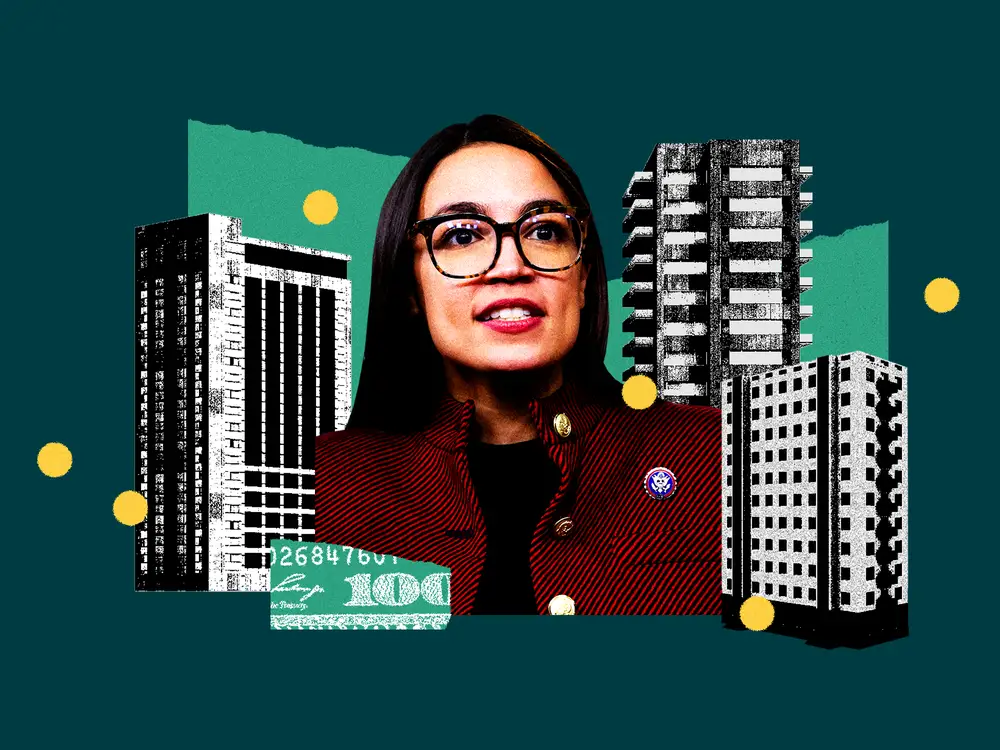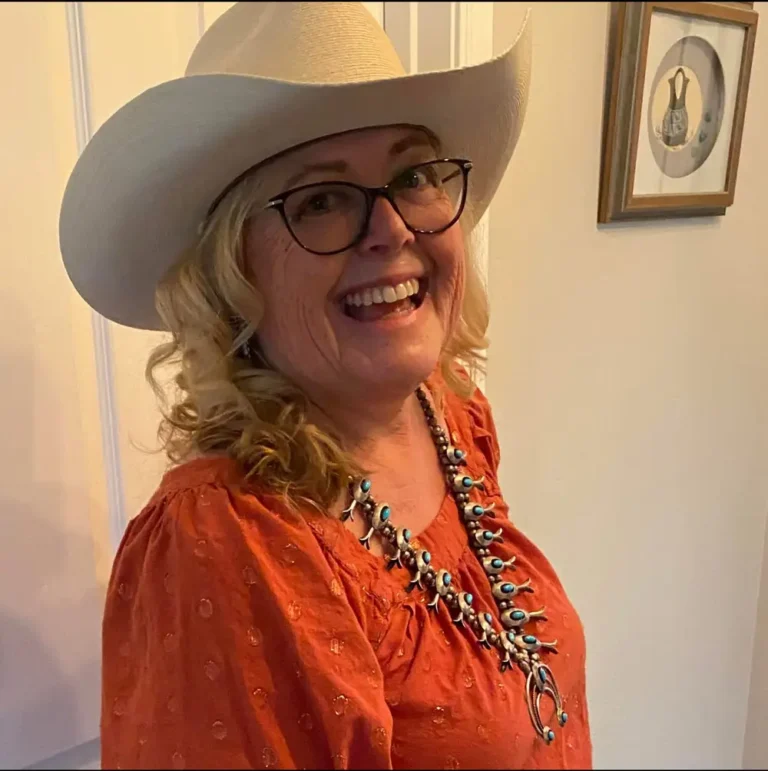AOC and progressive allies want the federal government to build over a million homes. Even YIMBYs don’t think it’s a good idea.

All over the country, skyrocketing rents and home prices have made housing one of the most urgent issues facing voters in this election.
About half of renters spend more than 30% of their income on housing, while homeowners are facing rising insurance premiums, home repair costs, and property taxes. At the same time, government housing aid for the neediest recently hit a quarter-century low.
Vice President Kamala Harris has zeroed in on the issue, promising to build 3 million new homes over her first term, send $25,000 in downpayment assistance to first-time homebuyers, and spend billions on housing innovation. But some progressive lawmakers in Washington want to go much farther.
In September, two Democrats — Rep. Alexandria Ocasio-Cortez and Sen. Tina Smith of Minnesota — introduced a bill called the HOMES Act that would create a federal housing development authority charged with building and rehabilitating more than a million permanently affordable homes. The housing would be owned and operated by local governments, nonprofits, or some kind of cooperative, and rent would be capped at a percentage of income. The legislation aims to solve the fundamental issue plaguing homebuyers and tenants: a shortage of affordable homes.
“There has been a lot of talk about building new housing in this country, but too often we don’t talk about who will be building that new housing,” Ocasio-Cortez said last month. A spokesperson for Ocasio-Cortez didn’t provide comment before publication of this story.
The new developments would be so-called “social housing,” which means it exists outside the for-profit market, caps rent at a percentage of income and is owned by the government, a nonprofit, or some kind of cooperative.
Unlike traditional American public housing, which is usually reserved for low-income families, social housing is intended to be mixed-income. Under the HOMES Act, 70% of a given development’s units would be reserved for low- and extremely low-income people, while 30% of homes would be reserved for people making up to the area’s median income.
But some pro-housing policy experts — who subscribe to the YIMBY, or Yes in My Backyard, movement — are skeptical that a federal social housing authority makes sense. They want to see more experimentation at the local level first and don’t think many state governments — let alone the federal government — have the resources or know-how to do the work of developers and real estate companies.
Local and state governments are experimenting with social housing
A 2022 trip to Austria changed how New York State Assemblywoman Emily Gallagher views housing.
Gallagher, a Democrat who represents gentrifying neighborhoods in North Brooklyn, was struck by the stability created by social housing in Vienna. Residents “were not thinking about their rent getting raised. They were not worrying about being displaced and the things that consume New Yorkers’ minds,” she said.
So, earlier this year, she introduced legislation to establish a new state housing authority tasked with building permanently affordable housing for both very low-income and middle-income New Yorkers.
Progressive policymakers across the country, including Rhode Island and Atlanta, are exploring the model, too. California passed a bill last year to study the concept. The wealthy DC suburb of Montgomery County, Maryland, has already built its own social housing.
In Reno, Nevada, Mayor Hillary Schieve, who’s prioritized housing in a state facing a severe shortage, argued that the success of a social housing effort would likely rely on the quality of the local housing authority and the partners it works with. “It just worries me because we aren’t developers,” she said. “You have to have very knowledgeable people at the table.”
While “high-capacity, wealthy local governments with political will” can make it happen, “Jenny Schuetz, an expert in urban economics and housing policy at the Brookings Institution, said many other localities lack the resources or know-how.
“The reality is many states and authorities are not going to be interested in building housing themselves,” said Shane Phillips, a housing researcher at UCLA’s Lewis Center for Regional Policy Studies.
Unlike traditional public housing — which relies on fickle federal lawmakers to supply funding for maintenance and operations — the social housing that US lawmakers have proposed would be funded in part by marketing bonds and operated by a range of local organizations, including nonprofits and tenants unions.
Schuetz is concerned that co-ops and tenants’ unions might not be able to tap the kinds of capital that real-estate companies have access to and that’s needed to continue investing in the buildings. Local housing authorities also have limited budgets. “The challenge is always where do you come up with the money 10 years out, 15 years out, when you have real capital expenses?” she said.
Tricky politics in Washington
Federally funded public housing has a flawed history. Between the 1930s and the 1960s, the government reinforced racial segregation by clustering public housing in poor Black and brown neighborhoods, even as it built highways that tore through those same communities. A lack of ongoing congressional funding meant the housing deteriorated over time, and much has been demolished.
Over the last several decades, the US has moved away from the tarnished model of publicly built and owned housing and embraced federal subsidies for privately built below-market-rate development powered by the Low-Income Housing Tax Credit.
Under the Homes Act, the US Department of Housing and Urban Development would have to work with states and cities to take on the role of the developer. Schuetz argued that the federal government would have to outsource so much of the work to local governments and developers that a national approach would look pretty similar to the Low-Income Tax Credit model of development.
“Could HUD even hire a team of people who know how to work through the land development and entitlement and construction process in localities around the country?” Schuetz said. “There’s a reason we’ve evolved from public housing to LIHTC.”
Congress would likely not support a federal social housing authority until there is evidence of its success at the state level.
After states build out their programs, “it’s far easier to go back and say, ‘Okay, we need a national coordination entity to manage this,'” one national affordable housing expert, who requested anonymity to protect his relationships in Congress.
Schuetz would also like to see HUD invest in a range of local pilot programs to experiment with different versions of social housing, evaluate them, and then help scale whichever model is most successful. “It’s not as headline-grabbing and sexy as a social housing program, but would actually be a lot more effective and more likely to get through Congress,” she said.





